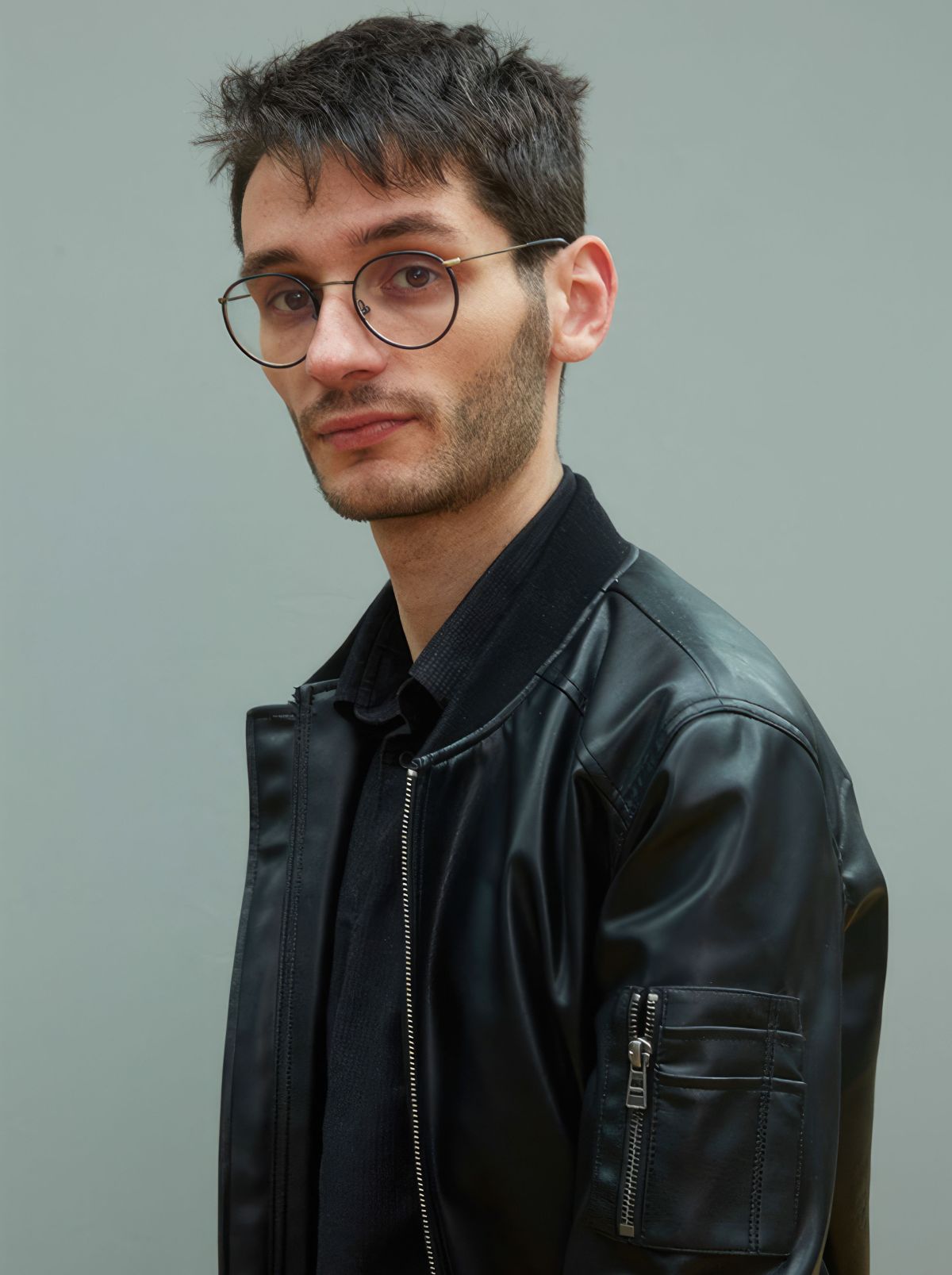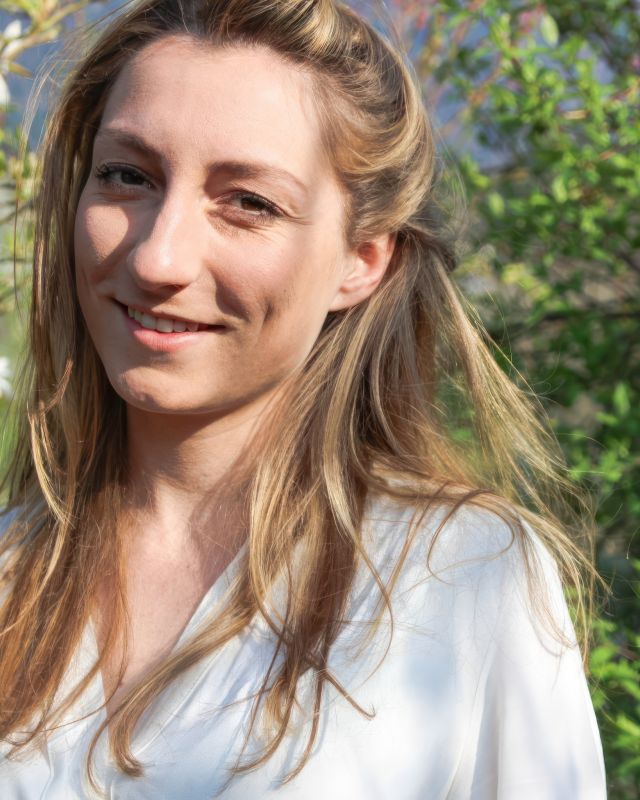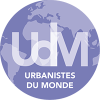Portrait

Hugo Christy - GLM 2012 - Director of Ideas, Content & Communities at REI Habitat
Published on | Alumni Portraits
How does one become Director of Ideas?
Hugo Christy is a GLM 2013 graduate who committed himself full-time to Anne Hidalgo, who was then the Deputy Mayor in charge of urban planning and architecture, before moving to Manila (ICLEI) and eventually becoming a journalist, publishing a book and... here is some inspiration and the many valuable pieces of advice he shared.
Professional Insertion, from G to L and on to M...
Over the years, I have had the pleasure of engaging in very different – and ultimately complementary – activities. After completing a capstone project at APUR for an international comparison of major metropolitan institutions (the idea was to contribute to the reflection on Grand Paris), I chose to take a break from my studies in 2012 to work full-time with Anne Hidalgo, who was then the Deputy Mayor in charge of urban planning and architecture. This gap year, close to the heart of political decision-making, was absolutely fundamental for me.
Subsequently, to complete my GLM master’s degree, I undertook my final internship in Manila at ICLEI’s Southeast Asia branch, leading a climate change adaptation programme in 8 cities across Thailand and the Philippines. In addition to raising awareness of environmental issues, I gained a better understanding of the various “ways of doing things,” with their flaws and virtues – including, implicitly, our own.
Upon my return, a turn in life temporarily distanced me from operational roles: I became a journalist at a specialised professional media outlet, Cadre de Ville. I held an extremely valuable position as a sentinel for nearly four years, which enabled me to write daily for a decision-making audience on all topics related to urban planning, real estate, architecture, and urbanism; thus allowing me to analyse the major movements of the moment, meet the key players, and draw lessons from them.
More generally, being a journalist also means being involved in the life of ideas within one's professional ecosystem - something I endeavoured to achieve through the organisation of multiple events (symposia, conferences, trade shows…), the publication of a book decoding the workings of the so-called "negotiated urbanism" that excites some and terrifies others, or by teaching at the University of Paris-Est Marne-la-Vallée.
You are involved in the life of ideas, where do yours stand?
To act or to write, one must choose: since March 2017, I have returned to the realm of concrete and real projects. I joined REI Habitat, a pioneering developer of collective wooden housing, committed to inventing future solutions for the environment and the city of tomorrow. With a simple certainty: the real estate sector struggles to move as rapidly as the world around it. Yet, this is where the most interesting levers lie to build a new model of the city – and perhaps even a new model of society.
So, what are you doing at the moment?
As Director of Ideas, Content & Communities at REI Habitat, I am particularly involved in the launch of a unique structure: ReMake - a versatile experimentation/action unit that will enable the realisation of new ideas and manage private projects of public interest by combining R&D, makers, and new economic models. An extremely innovative initiative that is helping to revolutionise the role of developers, transforming them into virtuous and engaged actors. With already a few emblematic projects in the pipeline. To be continued...
Final advice for students or recent graduates
Just yesterday, the creation and administration of the city followed a linear logic, starting from political decision-making down to the resident. Between the two, professions were organised in sequences: planner, urbanist, architect, engineer, public works...
Today, for various reasons, this simple and effective model has shattered. Ways of doing things have never been as flexible, complex, and intertwined. At the same time, we continue to train a large number of sharp and useful professionals: architects for buildings, urbanists for neighbourhoods, landscape architects for public spaces, engineers for infrastructure, economists for financial assessments, ecologists for fauna and flora… and so forth.
These professions will remain indispensable. However, those who succeed in making inventive back-and-forth movements between disciplines that had not communicated with each other until recently will be rare and precious. The conclusion: the future belongs to hybrid profiles. My advice is as follows: multiply approaches, learn to master strategic skills, take an interest in everything, and meet all professions.
In fact, this is already observable among the new generations: we see the emergence of architect-economists, urbanist-taxation specialists, urban political scientists, developer-planners, legal farmers… Not to mention the trades that are increasingly called upon at early stages of projects: technicians and construction workers, philosophers, festival planners, historians, sociologists, designers, consensus professionals… Not to mention these new players who have simply invented new professions in response to a certain appetite for a different kind of city: urban campers, temporary occupation professionals, reuse artisans, smart city vendors...
Louise Thaller - GLM 2015 - a passion for urban development
Published on 11 April 2017
Louise is a young alumna (GLM 2015) who cultivates enriching experiences in the field of urban development. She explores this sector in all its dimensions: at…
Élisa Lelard – STU 2006 – Associate at Open Communities Consulting
Published on 23 February 2017
Élisa is a product of the consulting world, where she has spent her entire career. However, her journey is anything but monotonous: oscillating between niche…
 English
English  Français
Français 




